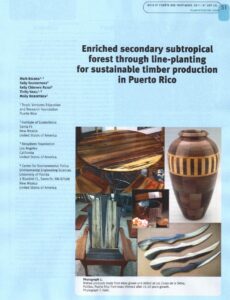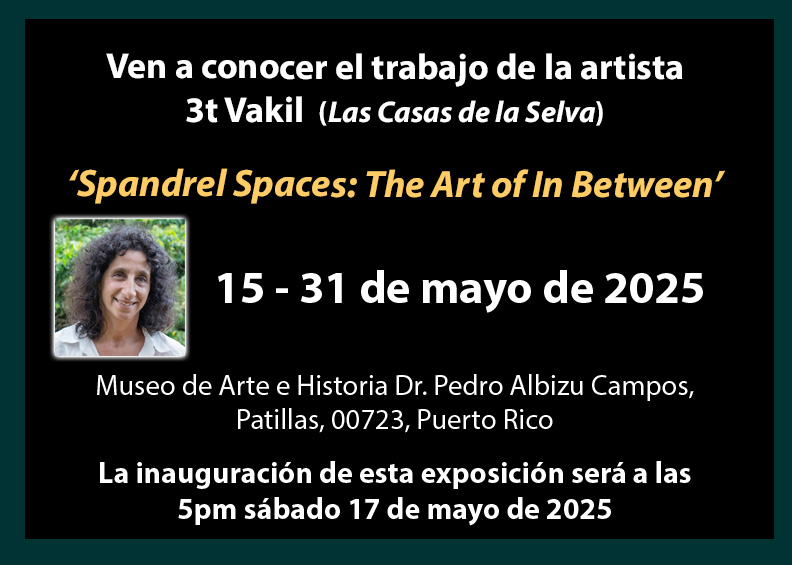
Blog
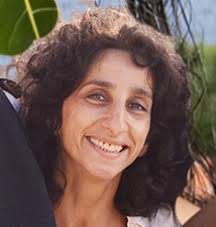
3T Vakil
Artist Rooted In The Rainforest
Related Posts

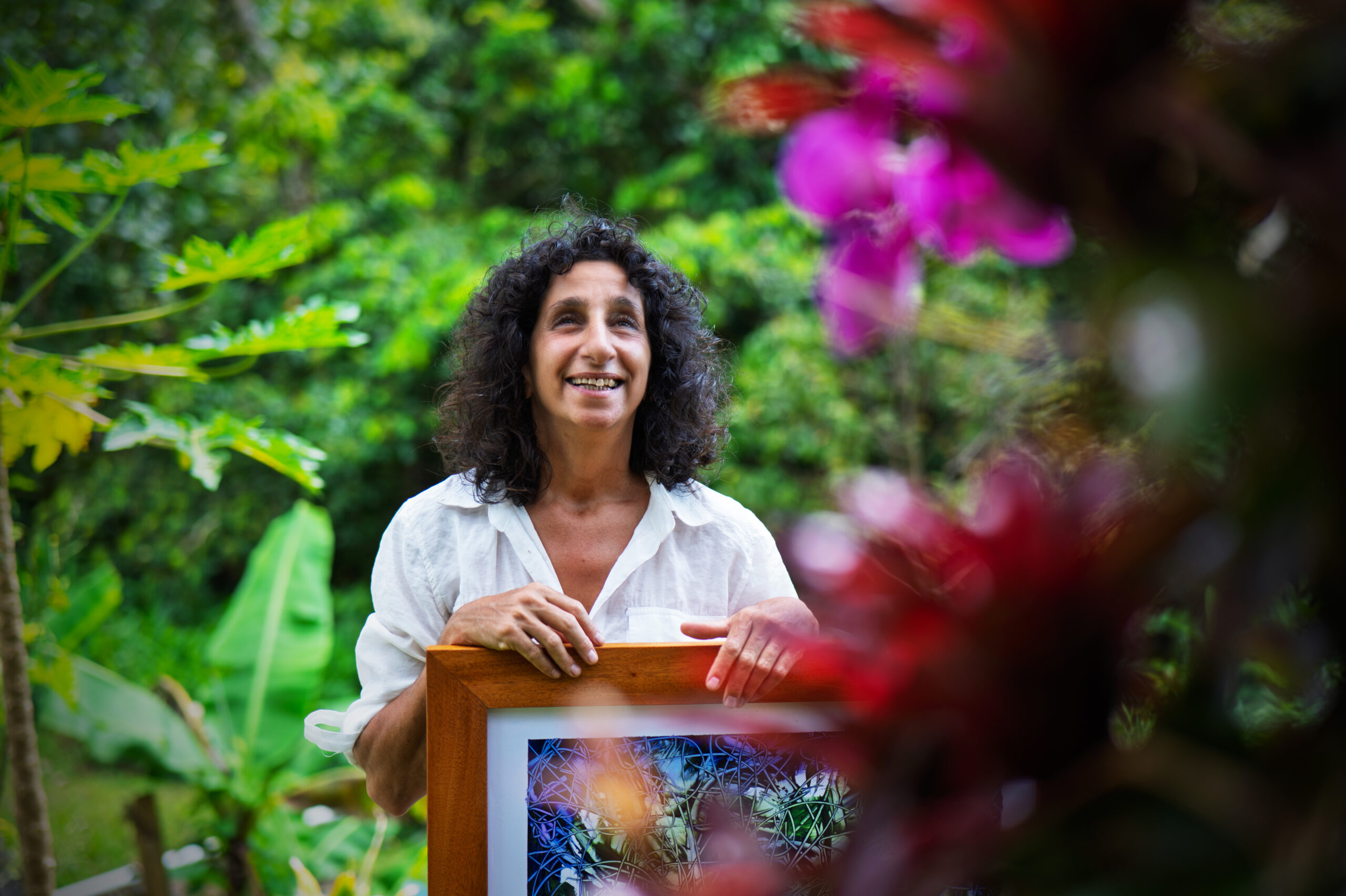
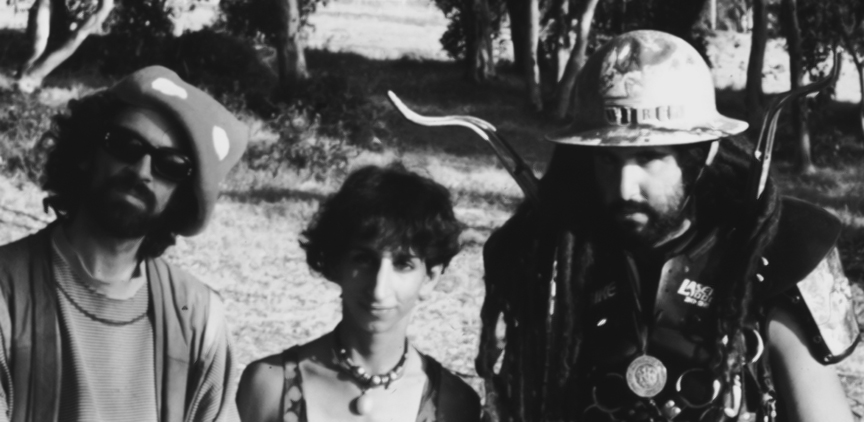
My Crazy Life
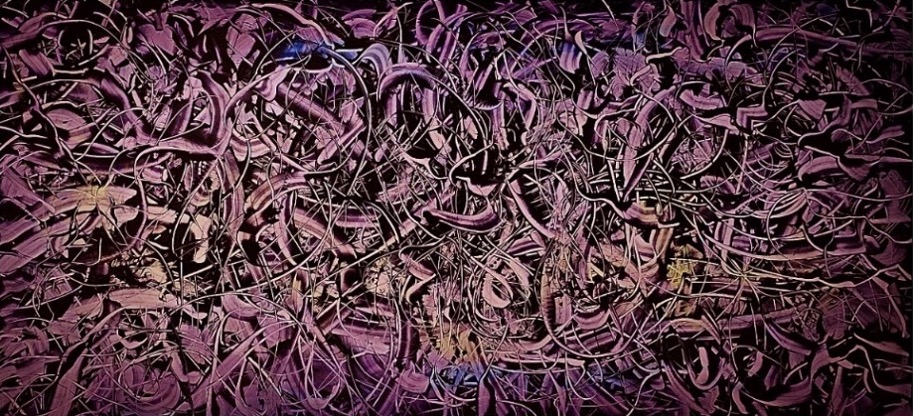
Artist’s Statement: “Spandrel Spaces: The Art of In-Between”
A Tribute to Dr. Frank H. Wadsworth
A Tribute to Dr. Frank H. Wadsworth: His Vision Continues to Inspire
When I first arrived in Puerto Rico in 1999 and began living in the mountain forests of a project known as Las Casas de la Selva, launched in the early 1980s by the Institute of Ecotechnics (IE), I had no notion of what sustainable forestry was or might be. I was not a forester, but I had recently returned from an intense three-year dive expedition aboard the Institute’s Research Vessel Heraclitus (www.rvheraclitus.org). Onboard, as part of a small crew, I had been conducting research on coral reefs—also known as the “rainforests of the sea”—all over the Red Sea and the Indian Ocean.
In the early 1980s, John Allen, (Inventor of Biosphere 2), John Druitt, and Harry Scott visited Dr. Frank Wadsworth and Dr. Peter Weaver to discuss starting a forestry project in Puerto Rico. They had recently returned from an ethnobotanical mission up the Amazon River, where they had experienced firsthand the consequences of illegal logging and deforestation of primary rainforests. (https://youtu.be/7Cp0SYUTCZk). They knew that Frank and many other members of the International Institute of Tropical Forestry in Puerto Rico were interested in planting trees for timber and restoring the forests, almost completely devastated by the early 1900s, which had once covered most of the island.
With assistance from government programs offering tree seedlings, they pioneered the planting of 40,000 hardwood trees at the property they called Las Casas de la Selva after obtaining the land with assistance from the PR Department of Natural Resources. The Puerto Rican government wanted to encourage the return of tree growing and a local wood industry since the island imports 95% of the timber it uses. For IE (www.ecotechnics.edu), which takes on challenging projects in key biomes, Las Casas would be their rainforest biome demonstration project. No one had done anything like it before on the island. People were leaving the mountains for the cities or clearing the forest for cattle grazing and farming.
Las Casas de la Selva (LCS) has since developed into one of the most cutting-edge experiments in sustainable forestry and rainforest enrichment in Puerto Rico (www.eyeontherainforest.org). It is situated in southeastern Puerto Rico in the Cordillera mountains. The 409-hectare forest at an average elevation of 600 m (2000ft) receives 3,000 mm (over 120 inches) of rain annually. Despite being well forested, this area of Puerto Rico is prone to catastrophic erosion and landslides due to excessive rainfall, geology, and steep slopes. Much of the Las Casas land had been previously logged, cleared for short-term grazing, and planted with coffee trees with devastating erosion as a result.
The tree planting was carried out on 120 ha (300 acres), about 30% of the property. The remaining 289 ha (700 acres) near Patillas were left as a control “wilderness” for the natural regeneration processes of a secondary forest. Human uses are limited to restricted ecotourism, scientific research, and the conservation and protection of two important watersheds, the Icaco and Hormiga Valleys, important as they drain into Lake Patillas, a reservoir which supplies irrigation water, industry, and potable water to 40,000 residents.
This program was designed to experimentally test forest enrichment through line planting, which is one of the methods for making secondary rainforest economically feasible. Planting valuable hardwood tree species along cleared lines allows them to develop under the protection of the existing forest, minimizing soil disturbance and fostering forest evolution.
My first forays into this subtropical wet forest, which neighbors the Carite State Forest in Patillas, were made with Sally Silverstone, then-director of Las Casas, and Dr. Mark Nelson, the Chairman of the Institute of Ecotechnics, after they successfully wrote a research proposal to the Earthwatch Institute for the help of volunteer citizen scientists from all over the world. The research goals were to see if the line-planting had negatively impacted overall tree and frog biodiversity, so important in these forest ecosystems. Secondly, we wanted to assess how the planted trees fared since planting in the mid-1980s and following Hurricane George’s direct strike on the project in 1998, which also destroyed much of the project’s infrastructure.
I studied as much as I could on the initial tree-planting project and began learning to recognize the trees in my immediate environment. Wherever I went, I carried my bible, “Common Trees of Puerto Rico and the Virgin Islands” by Elbert L. Little and Frank H. Wadsworth.
For nearly a decade with the help of Earthwatch volunteers, we measured trees on ten-day expeditions. We climbed up and down the forested slopes to measure the DBH (diameter at breast height) of our line-planted hardwoods, such as Hibiscus elatus (Blue Mahoe) or Swietenia aubrevilleana (Mahogany) in meticulously measured, randomly chosen one-acre plantation plots. We used measuring tapes to measure tree canopies, determined tree heights with clinometers, and obtained information on the forest’s density with a basal prism. Each measured tree received an aluminum tag marked with a plot number etched using an old ballpoint pen nib on the soft metal. It was challenging on the slopes, where we often spent hours in the pouring rain. It was dangerous at times when minor squalls swept across the mountains, making the steep terrain muddy underfoot.
With frog specialists from the University of Puerto Rico, we surveyed frog populations, crawling at night on all fours with headlamps. I fell in love with the forest, feeling so deeply touched by its fragility and power, its mystery, beauty, and magic.
Before I realized it, I was an investigator for Las Casas de la Selva’s varied scientific research projects, which has already produced two significant publications:
1. “Enriched secondary subtropical forest through line-planting for sustainable timber production in Puerto Rico,” published in BFT (Bois et Forets Tropiques, Tropical Woods and Forests)
(https://ecotechnics.edu/wp-content/uploads/2011/12/BFTpublishedpaper2011.pdf),
2. “The Impact of Hardwood Line-Planting on Tree and Amphibian Diversity in a Secondary Subtropical Wet Forest of Southeast Puerto Rico,” published in the Journal of Sustainable Forestry. https://www.tandfonline.com/doi/full/10.1080/10549810903479045
I discovered that Puerto Rico’s forest cover was rapidly increasing in comparison to the agricultural and deforested terrain that existed for most of the twentieth century. According to Frank Wadsworth, 25% of the island would need to be left as forest in order to fully protect Puerto Rico’s soils and watersheds.
Every article I read in our forest library made reference to Frank, so when I met him at the International Institute of Tropical Forestry library in San Juan, I was prepared with thought-provoking questions about the forest I was working and living in – the large trees I was spending a lot of time with, like the Ausubo, Tabonuco, Majo, Caoba, Grenadillo, Motillo, and Caracolillo, as well as what potentials line-planting and forest enrichment opened for the future.
Frank pointed me to the IITF’s Forest Service publications, which appeared like a never-ending treasure trove of gold nuggets, and Peter Weaver would give me several publications to take away every time I visited the San Juan library. When Frank talked about the potential output of tropical secondary forest, he always lit up. Frank was concerned that timber should be managed ethically and that Puerto Rico might have a small wood industry without contributing to deforestation in other countries by importing millions of dollars of wood from other countries. We were motivated to read aloud Frank’s book ‘Forest Production in Tropical America,’ to gain knowledge.
Andrés Ruá, from Marin, Patillas, joined the Las Casas de la Selva team in 2005 and was inspired as well. He received directional felling training from US Forest Fire Fighters, and we learned about and practiced selective harvesting, low-impact felling and extraction of trees, as well as milling, and wood drying processes. Andrés built wonderful furniture and other items largely out of Blue Mahoe hardwood grown at Las Casas, and we successfully sold wood from our plantations on and off the island from 2003 to 2017. Wood-turners from PR and mainland USA were particularly great customers, and Frank spoke about all the items that could be made that fit in a suitcase for the PR tourist industry to embrace, rather than coqui frogs and mugs made in China! Grupo Guayacan (a nonprofit organization dedicated to the education and development of local entrepreneurs in PR) awarded us their sustainability prize in 2016.
Frank succeeded in igniting my interest in sustainable forestry, forest ecology, and biodiversity. He enthusiastically supported all of our botanical, ornithological, mycological, and herpetological research efforts, and was astounded by the level of citizen scientist participation in our initiative. Frank shared with us his frustrations. As a passionate and practical forester, he believed forests should be used for timber as well as recreational enjoyment, watershed protection, and habitat preservation. He would say with a laugh that he helped create beautiful forests all over Puerto Rico but then they became so “protected” that none of its beautiful wood could be sustainably harvested.
We began a Liberation study, which followed Frank’s strategy for increasing the growth of valuable trees for timber, habitat, or rarity, within the secondary forest, thus increasing their economic worth. Hurricane Maria disrupted this research in 2017.
We chatted quickly and passionately whenever we got the opportunity to meet at conferences and meetings. They were always memorable encounters because Frank was a knowledge transmitter. Nearby was Frank’s great love, his wife Isabelita, who gave me the devotion of a mother and sister and welcomed me into their home with incredible warmth and openness. They celebrated my unusual background; I was a Zoroastrian Iranian born in Nairobi, Kenya, lived in London from the age of 10 to 23, and then traveled widely in Europe, the United States, India, and Nepal, before spending three years at sea. Frank was an ally to me as an outsider in a strange nation; every connection with Frank and Isabelita made my heart and head soar.
They have both made multiple journeys to Las Casas de la Selva in Patillas over the past 20 years, and after Hurricane Maria, they came to see and support our budding enterprise, Puerto Rico Hardwoods (www.prhardwoods.com), in Caguas. We had gone into overdrive to collect hundreds of hurricane-felled logs from the streets and debris dumps, real treasure on the ground that mostly was lost all over the island after the disaster, discarded as trash by government agencies ironically tasked with safeguarding natural resources! Frank was similarly heartbroken when we published photographs and video footage of thousands of tons of priceless woods crushed and tossed into landfill in the aftermath of Hurricane Maria. He was a great supporter of our cause, and we kept him up to date on our wood production, forestry, tree-growing and planting efforts until the end of his 106 years of earthly life.
He was delighted when Las Casas was certified as a Stewardship Forest, registered as an Auxiliary Forest, and when we received approval for our ‘Sustainable Forestry Stewardship Management Plan’. The dream and vision were becoming real.
Frank Wadsworth’s legacy lives on through the initiatives and people he inspired. He was a genuinely remarkable man and forester who introduced sustainable forestry not only to Puerto Rico and the Caribbean, but also to South America. He adored Puerto Rico and its forests, many of which he helped to develop. In this section of the Puerto Rican rainforest that I live in, love, and protect, his life continues to inspire me. Fare forward traveler.
Thrity Vakil,
November 2022
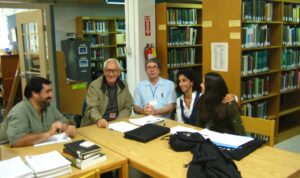
L-R: Edgardo Gonzalez, Dr. Frank H. Wadsworth , Peter Weaver, Thrity Vakil, Bridget McNassar. |
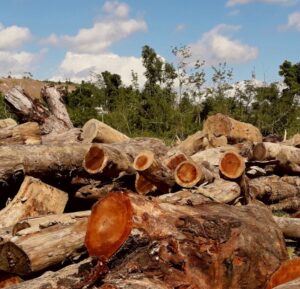
Woodpiles at PRH after Hurricane Maria, 2017 |
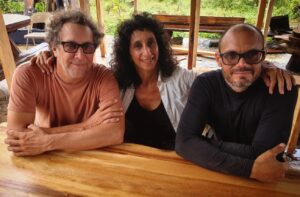
Puerto Rico Hardwoods Team: Tom Marvel, Thrity Vakil, Andrés Ruá, 2021 |
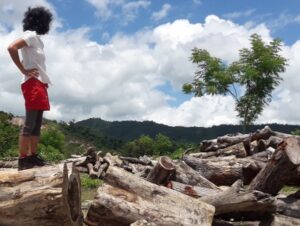
Thrity Vakil with wood piles at PRH after Hurricane Maria, 2017 |
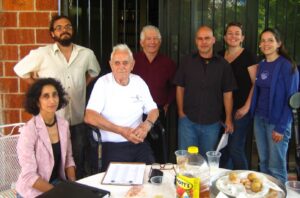
L-R: Edgardo Gonzalez, Dr. Frank H. Wadsworth, Peter Weaver, Thrity Vakil, Bridget McNassar. |
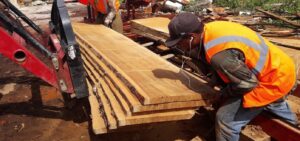
PRH woodyard: Milled Pterocarpus indicus, fallen in Hurricane Maria, 2018 |
